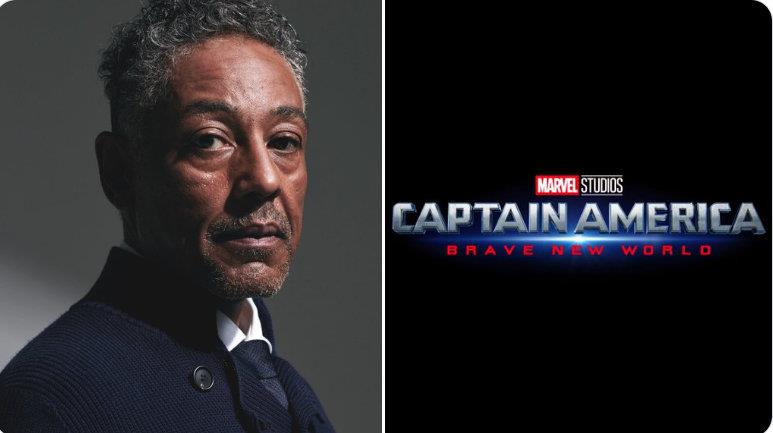World
Superior native receives national recognition for World War II service

SUPERIOR — A Superior native was among the veterans honored during the
35th annual National Memorial Day Concert
that aired May 26 on PBS.
Jack Moran, 98, was recognized for service in the Battle of the Bulge — the last major German offensive campaign on the Western Front during World War II.
“I wanted the people to know that the guy who was getting the honors was one of their Superiorites,” Moran said. He said it was an honor to be recognized that way.
Moran now lives in the Los Angeles area. But before he ever found himself on the European Theater field of a battle that was more bloody and deadly than the D-Day invasion at the age of 18, Moran remembers an idyllic childhood of winter sports and summers at the lake in Northwestern Wisconsin.
“I was born and raised in Superior,” Moran said. “I graduated from Superior Cathedral in 1942. I worked on the Great Northern (Railroad) for a while among other things. I went to Wisconsin State for two semesters. Then I left town … but Superior is still a wonderful thought in my memories.”
It was his service in Gen. George Patton’s Third Army during World War II that drew a national tribute on the eve of Memorial Day.
Moran said he joined the Army because they offered a program that was attractive to him and would allow him to attend college.
“The whole plan backfired,” Moran said. “A whole bunch of us in the ASTP (Army Specialized Training Program), advanced studies. I was sent to the University of Wisconsin in Madison.”

Contributed / Susan Moran
But his studies were cut short as the war raged on in Europe.
America took such a beating at the Kasserine Pass in Italy that the generals in Washington said more soldiers were needed, so the ASTP program was canceled all over the country, and the men were put in the infantry, Moran said.
“I went in kicking and screaming, but having survived it, I’m glad I did it,” Moran said. “We lost an awful lot of nice young boys all over Europe.”
Moran served in 87th Division, 347th Infantry Regiment.
When he arrived in France, Moran said people in the small towns would clap when they walked through the streets and thousands of pictures were taken.
Moran’s daughter, Susan Moran, said they recently returned from Normandy, France for the 80th anniversary of D-Day.
“French people love our vets,” she said. “We like our vets; they love our vets.”
It was in the Saar Valley, outside of Metz, France, where Moran first saw action.
“I saw seven guys go down in 15 seconds,” said actor
Bryan Cranston as he retold Moran’s story
. “My best friend from basic, Hugh Gorman, he got shot in the face by a German machine gun. When you get hit by a machine gun, it isn’t just one bullet. You can’t drop fast enough to avoid No. 2, No. 3, No. 4 … That month of combat, I saw enough death and destruction to last me a lifetime.”
Cranston recounted how Moran’s 87th Division spent 40 hours in open bed trucks freezing until they got to Bastogne in Belgium in the middle of the night. Surrounded by the Germans, the shelling got so bad Moran knelt in his foxhole and pleaded with God to make it stop, the actor said.
“That was the first time I ever cried in the war, and the last,” Cranston said, retelling Moran’s words.

Contributed / Susan Moran
“Bryan Cranston did a great job,” Moran said. “I wrote his speech for him actually. It was a wonderful evening on the west lawn next to the Capitol building. There was close to 100,000 people there.”
Moran said he was touched after Cranston finished telling his story and walked over to where he was sitting to embrace him.
When the war in Europe ended May 9, 1945, Moran said his unit was raced to the West Coast of France where they were put on a ship, sent home to be sent to the Pacific Theater on Dec. 23, 1945, to be the first wave of reinforcements for the invasion of Japan.
The Japanese signed the Instrument of Surrender Sept. 2, 1945, after the United States detonated atomic bombs on the cities of Hiroshima and Nagasaki. The Japanese government agreed to accept the terms of surrender Aug. 10, 1945, one day after the second bombing in Nagasaki.
“It’s a good thing that the war was brought to an end,” Moran said.
Shelley Nelson is a reporter with the Duluth Media Group since 1997, and has covered Superior and Douglas County communities and government for the Duluth News Tribune from 1999 to 2006, and the Superior Telegram since 2006. Contact her at 715-395-5022 or snelson@superiortelegram.com.









